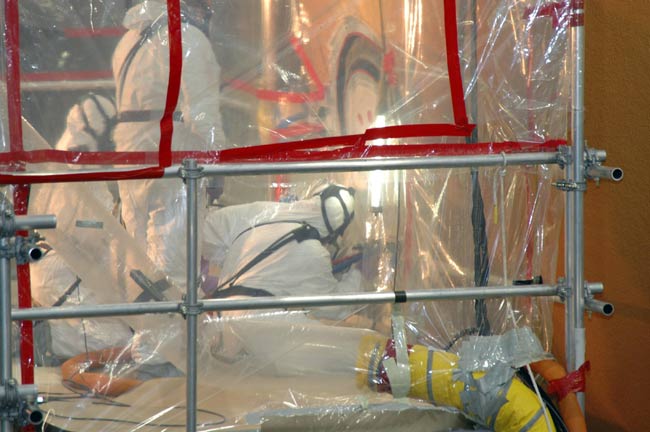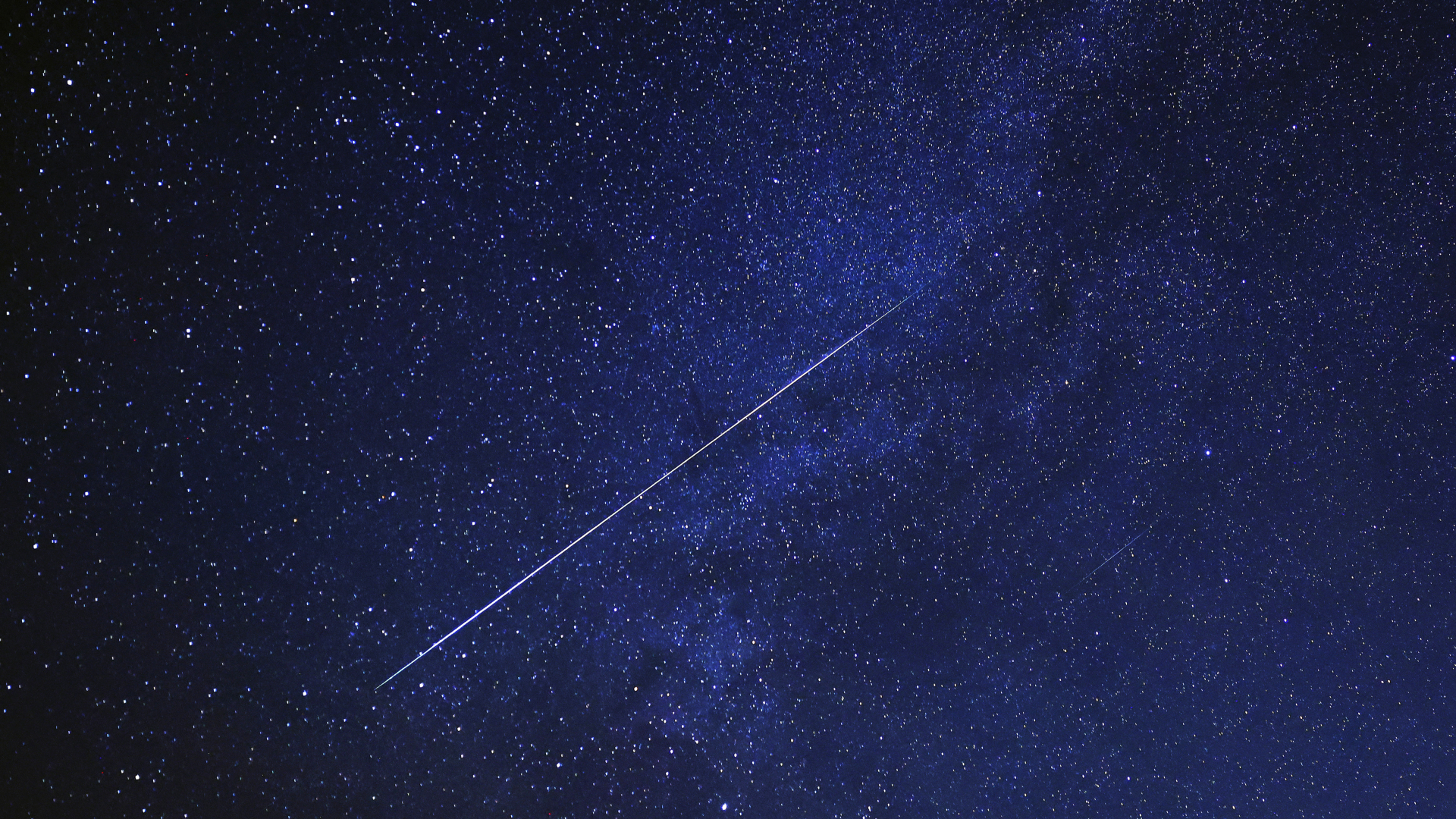NASA Tweaks Flight Plan for Next Shuttle Launch

NASA space shuttle managers decidedThursday to adjust the flight plan for the upcoming STS-121mission aboard Discovery, a move that maximizes launch options while reducingstress on the orbiter's externalfuel tank, space agency officials said.
Discovery's next launch - currentlyset for noearlier than July 1 - will follow a "Low Q" flight profile that subjectsthe orbiter and its fuel tank to slightly lower aerodynamic stresses duringlaunch, NASA spokesperson Kyle Herring told SPACE.com Thursday.
NASA is also evaluating a series ofwind tunnel tests to check shuttle fuel tank modifications that removeda foam insulation ramp from the structure.
"It certainly made sense to dothat," Herring said of the flight plan decision, adding that the change alsogives Discovery a wider margin to launch around thunderstorms and high windsfrom NASA's Florida-based Kennedy Space Center (KSC) spaceport earlier in itsJuly 1-19 window. "The biggest benefit is launch probability, and that'swhat we want."
During shuttle launches, theorbiter's three main engines are throttled down for a short time to reducestress on the spacecraft as it passes through the denser portion of the Earth'slower atmosphere. In Low Q flight profiles, the orbiter throttles down itsengines earlier, and for longer, during ascent.
"We've flown Low Q for almost everymission until we started flyingto the Mir Space Station and we wanted to maximize our ascent performanceand payload weight to orbit capability," Herring said, adding that the Low Qplan does reduce the weight Discovery can haul into orbit.
Meanwhile, early external tank windtunnel tests - in which a protective protuberance air load (PAL) ramp has been removed -at the U.S. Air Force's Arnold Engineering Development Center in Tullahoma,Tennessee kicked off two sizeable chunks of foam insulation from ice-frostramps, NASA officials said. Following that test, engineers shaved additionalfoam insulation from the ice-frost ramps, which appeared to improveperformance.
Breaking space news, the latest updates on rocket launches, skywatching events and more!
"They got good results from that,"Herring said of the second modification.
Ice-frost ramps cover bracketsconnecting a tray of cables and pressurization lines to the external tank exterior.The latest ice-frost ramp modification left a thin layer of protection over thebrackets, which is now undergoing cryogenic tests to determine whether ice - apotential launch debris hazard - could form on the now more exposed region,Herring said.
Shuttle officials decided inDecember to remove the PAL ramp, a 38-foot (11-meter)covering that protects pressurization lines from aerodynamic stresses duringlaunch, after a similar ramp shedlarge pieces - including a one-pound (0.4-kilogram) chunk - duringDiscovery's STS-114 spaceflightin July 2005.
NASA has focused on reducing theshedding of large foam debris from shuttle tanks since the 2003 Columbia accident, inwhich a 1.67-pound (0.8-kilogram) piece of foam breached the orbiter's heatshield at launch and led to the loss of the vehicle and its astronautcrew during reentry.
The upcoming STS-121 launch isNASA's second post-Columbia accident spaceflight, as well as the final testflight before the agency resumes constructionmissions to the InternationalSpace Station. NASA's three remaining orbiters - Discovery, Atlantis andEndeavour - are due for retirementin 2010.
Herring said that shuttle fuel tankwind tunnel tests should continue for another two weeks, with the resultinganalysis expected to continue through early June. Any changes can then be applied toDiscovery's ExternalTank-119 at KSC, he added.
KSC shuttle managers are expected todiscuss plans to mate ET-119 to Discovery's twin solid rocket boosters latertoday, NASA officials said. If given the go-ahead, engineers could beginuniting the two launch stack components on Monday, they added.

Tariq is the award-winning Editor-in-Chief of Space.com and joined the team in 2001. He covers human spaceflight, as well as skywatching and entertainment. He became Space.com's Editor-in-Chief in 2019. Before joining Space.com, Tariq was a staff reporter for The Los Angeles Times covering education and city beats in La Habra, Fullerton and Huntington Beach. He's a recipient of the 2022 Harry Kolcum Award for excellence in space reporting and the 2025 Space Pioneer Award from the National Space Society. He is an Eagle Scout and Space Camp alum with journalism degrees from the USC and NYU. You can find Tariq at Space.com and as the co-host to the This Week In Space podcast on the TWiT network. To see his latest project, you can follow Tariq on Twitter @tariqjmalik.
